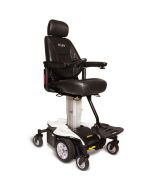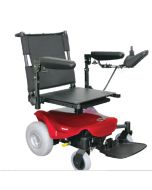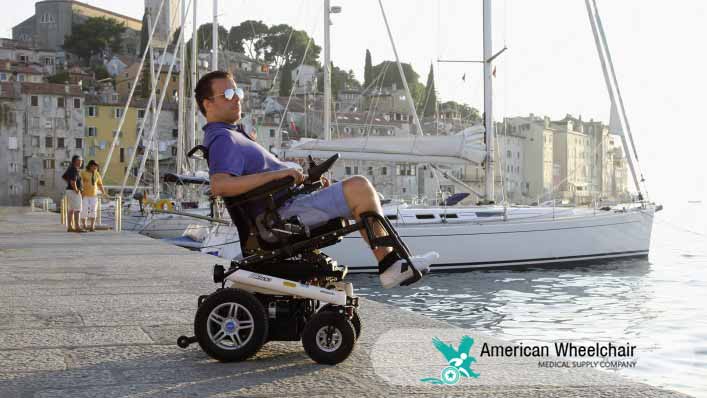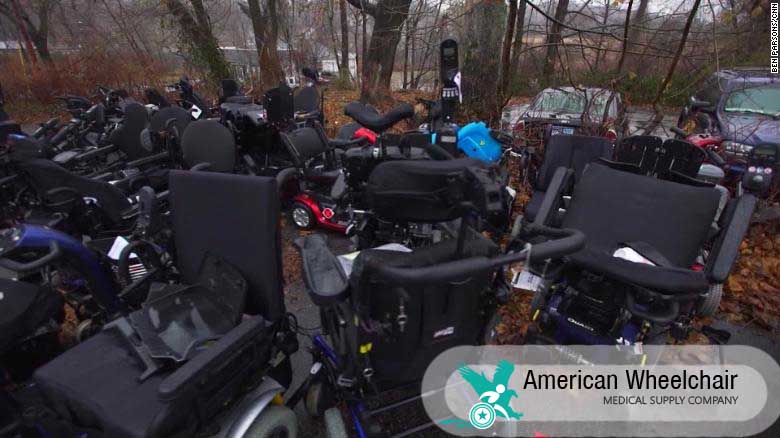Some airlines are better than others at transporting wheelchairs and other mobility equipment.
Each time I board a flight and relinquish my power wheelchair to people responsible for loading it, I pray it will be returned to me in one piece.
Sometimes, it’s in several pieces. I wish these occurrences were flukes. The reality is that every day, passengers who travel with mobility equipment take a calculated risk when flying. Will our devices be loaded and unloaded carefully or tossed around like a piece of luggage?
Some airlines are better at this than others, but it’s hard to know.
That will change this year as the U.S. Department of Transportation implements a rule requiring air carriers to disclose publicly how many wheelchairs and motorized scooters they damage, lose or otherwise mishandle each month.
Flying with mobility devices
Take off removable parts such as seat cushions, wheels and joysticks and keep them with you during the flight.
“If you get off a flight and your chair is broken, do not let them put you in a corner while the crew boards another flight,” Duckworth said. Ask to speak immediately with a complaint resolution officer, or CRO.
Airlines are liable to repair or replace damaged mobility equipment, so file a claim with the CRO or baggage department. If you need a loaner device, ask that one be arranged for you with a local mobility dealer.
Finally, file a complaint with federal regulators by calling (800) 778-4838 (open 6 a.m.-2 p.m. Pacific Time Mondays-Fridays or check here for other options:
“There are over 30,000 complaints filed with airlines by people with disabilities annually, but less than 1,000 are filed with DOT,” said Ansley of PVA. “Numbers mean something. It’s important that people assert their rights.”





Comments
Leave A Reply
Your email address will not be published.